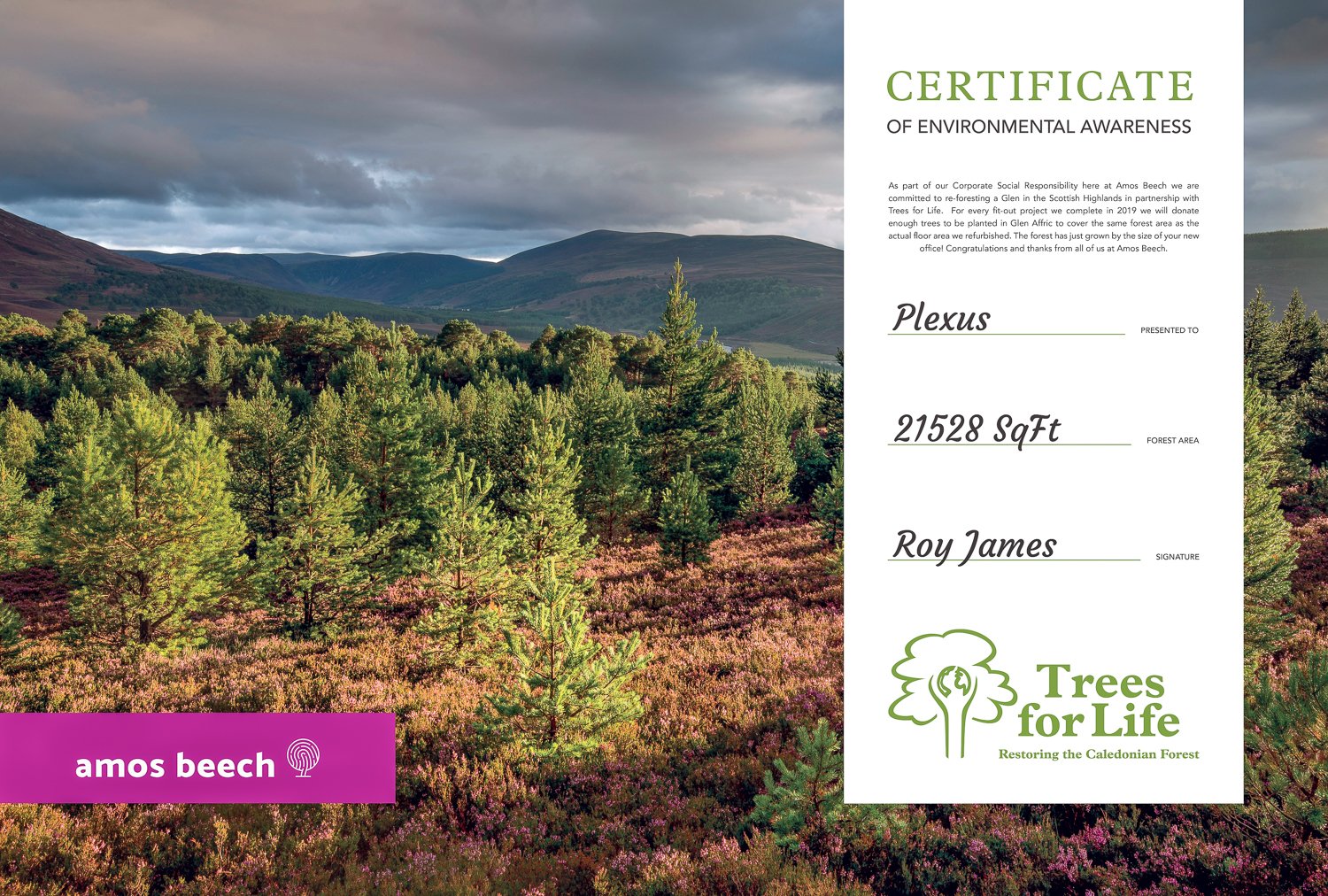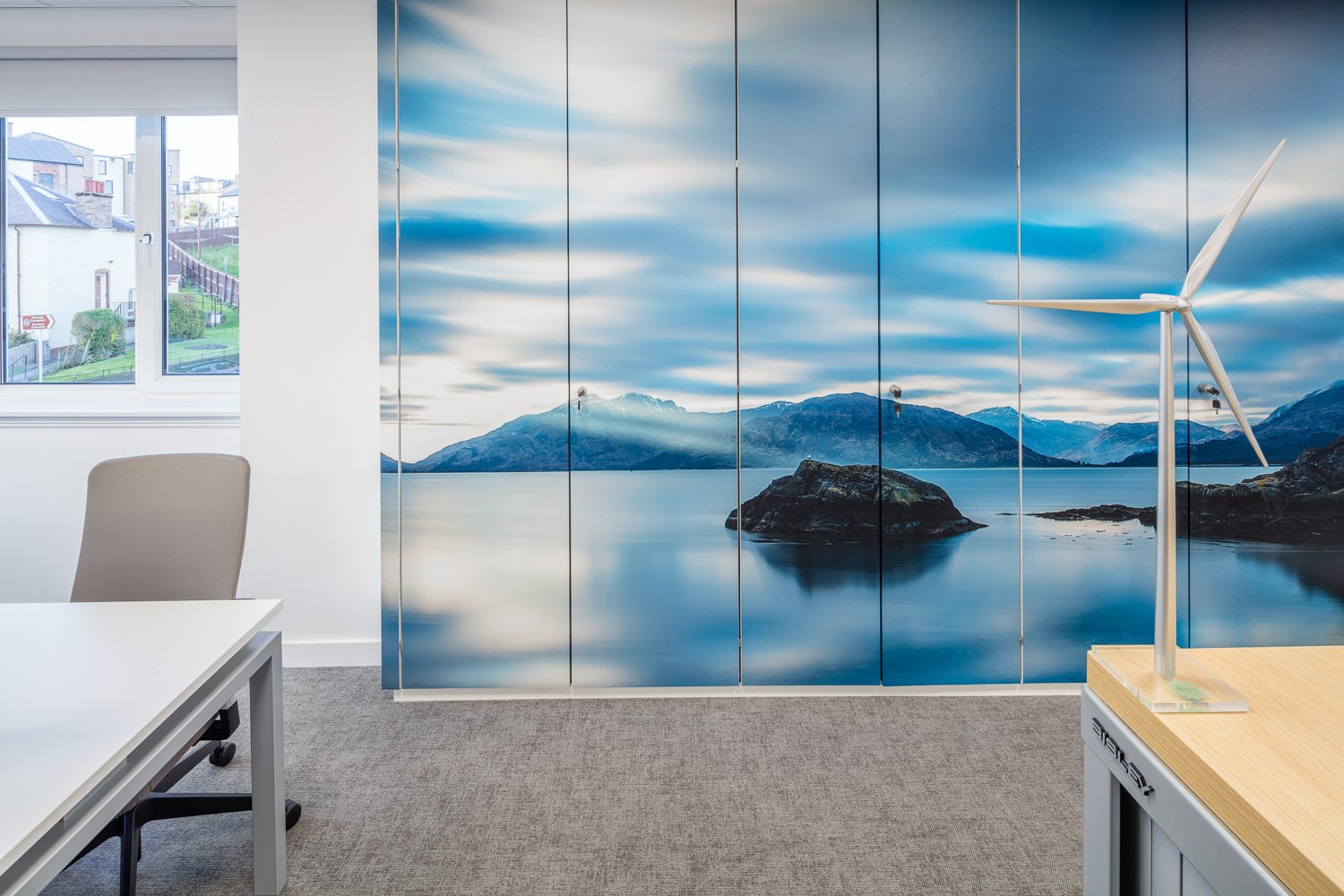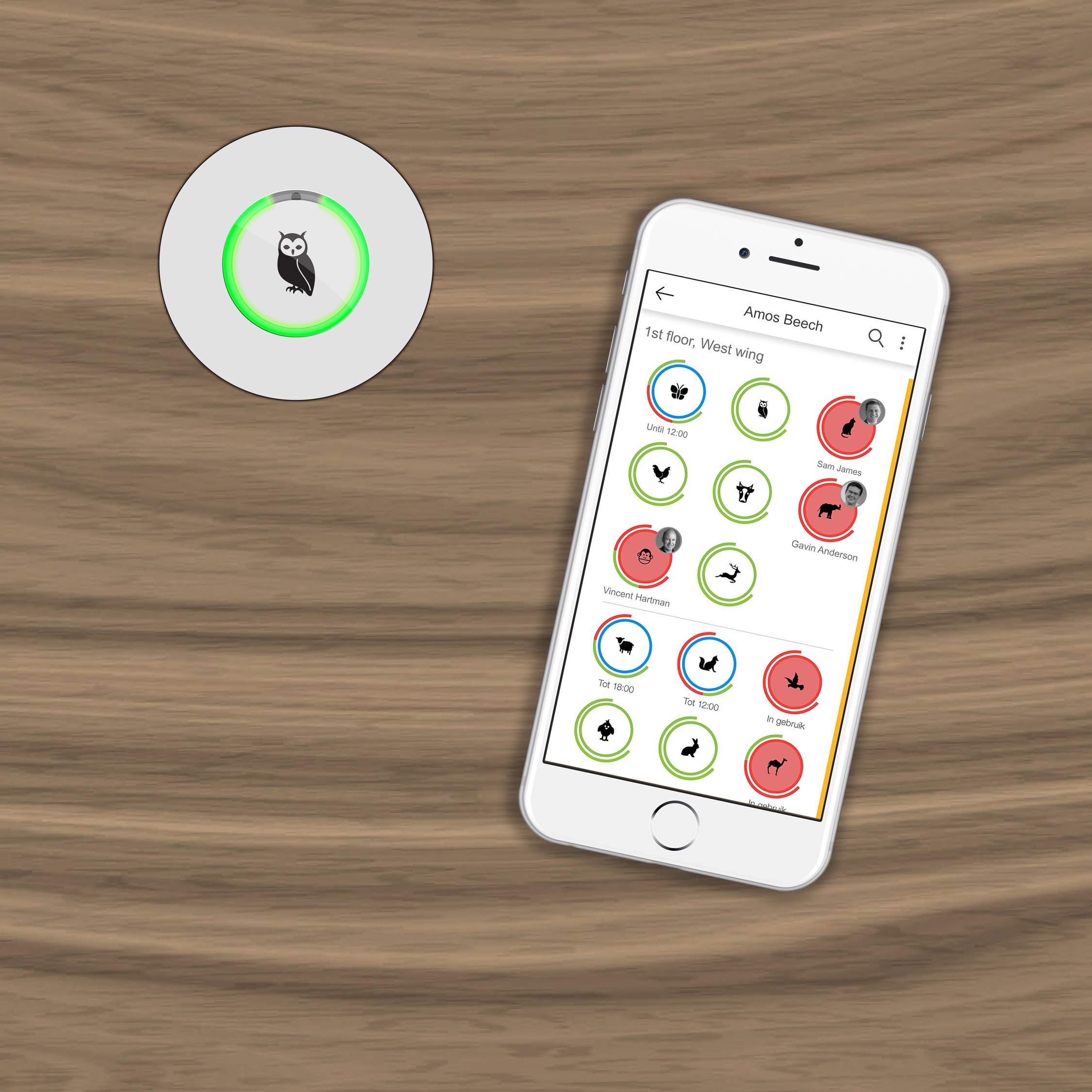Hybrid Working: What Is it and Why Are Employees Demanding it?
Prior to March 2020, we had two major types of companies: office-first and remote-first. The first category expected employees to work from the office for most of the time, while the second type expected them to work anywhere else for most of the time. Today, things aren’t black and white anymore and concepts like hybrid working seem to be here to stay.
If you’re a regular on the Amos Beech blog, you know that we’ve already covered agile working or flexible working in the past. Back then, these concepts seemed a bit trendy, if not revolutionary per se. While the number of companies that allowed their employees to work away from the office for at least some time was increasing, no one could have foreseen the hyper-growth in remote working that the pandemic spurred.
After more than a year since the pandemic sent us all working from home, it seems that there is no consensus about the best alternative – remote or non-remote. So we have something that makes everyone happy: hybrid working.
Let’s discover what this (relatively) new kid on the block is and what to expect from it.
But first, a primer on how the past year has influenced our views on working outside of the office.
Back to the Office: Yay or Nay?
In a recent survey, more than 57% of respondents stated that they would like to continue to work from home when the pandemic is over. It looks like their wish may be granted: before the crisis, a mere 15% of employers said that more than half their workforce worked from home regularly. After the crisis, 40% of employers said they expect more than half their workforce to work regularly from home.
Companies pivoted to the new working conditions incredibly fast: 87% of employees report that their companies have adapted to hybrid working. The same report has uncovered more interesting facts:
65% of employees say that their employers have provided them with everything they need to work from home.
More than half of the surveyed employees say that they have been able to use their lunch break for personal reasons and that they have an improvement in their happiness levels since working from home.
However, 30% of employees feel that they are working more hours since transitioning to working from home, while 53% of them feel pressured to be available at all times.
Consequently, more than a third of the employees surveyed opted for mental health and resilience resources when they had to choose between various training and learning opportunities.
Unsurprisingly, socialising is what most respondents (65%) miss about working in an office.
There is obviously no one-size-fits-all here. And you can easily depict that from the most popular media titles on this topic:
But on the other hand you’ve got:
What do you do when there’s no consensus one way or the other?
You go hybrid, of course.
What Is Hybrid Working?
Hybrid working is a model that offers employees flexibility and where and when they work. It enables them to work from the office, from home, or from any location – even locations outside of the city or the country where the employer’s offices are.
There are not set parametres for hybrid working. Here are some options on how to adapt this working style to your needs:
Work from the office full-time in some days and remotely in others.
Have some departments come in to the office every day, while others work 100% remotely.
All employees can work from the office for part of the week and remotely for the other part. You can rotate which departments work remotely Mondays through Wednesdays, for instance, or you can call them all in at the same time.
Have all your employees work remotely, save for one day a week or a month when they come into the office for an all-hands meeting.
Make it entirely the employees’ choice. You can still have an office where people can choose to come in whenever they want to. Solutions like iOt Space can help them find free desks or conference room, schedule activities, and make the transition easier altogether.
In hybrid working, the world is your oyster. You can choose any of the options above or create your own variation by combining two or more.
One of the main selling points of hybrid working refers to the fact that it can be future-proof. The COVID-19 pandemic has taught us that a lot of companies in a lot of industries can survive and even thrive with a 100% remote workforce, even when the transition to remote working was done hastily and with little time for preparations.
People adapted, pivoted, managed. Now that we’ve had more than a year to perfect our systems and our routines, things can get even better.
Plus, with the world gradually re-opening, workers aren’t confined within the same four walls of their home. They can work from their favorite café, from a nearby park, or, why not, from an island in the Mediterranean.
If everything can be set just as you want it to, what’s stopping some companies from embracing hybrid working without reserves? And why isn’t everyone in the workforce flocking to this model?
Let’s find out!
One of the latest studies:
Pros and Cons of Hybrid Working
These are some of the things that hybrid working can undoubtedly bring to the table:
No more time and money wasted on commuting: this is a big plus! The average worker in the UK used to spend 1 hour 38 minutes on commuting alone, not to mention the time it takes to get ready to leave and then to decompress once you get home. This time can be spent with your family, on your hobbies, or, why not, on getting up later and then being more productive throughout the day because you got to sleep in.
Better for the environment: during the lockdowns, the carbon emissions dropped so much that we almost met the conditions of the Paris agreement. If fewer people would rush to work every day at the same time, we could make a dent in the environmental disaster that most scientists are warning us about.
Less money spent on office lunches: it’s undoubtedly more affordable to eat at home. Plus, you have access to healthier options and, given the point above, more time to go shopping for those healthier alternatives.
Better office spaces: at Amos Beech, we’ve been working on a lot of fit out and refurbishment projects in the past year. We’ve seen Scottish companies pivot from crammed office spaces with rows of impersonal desks to more homely designs, with collaborative spaces, lounge chairs, outdoor spaces, and more indoor plants. All in all, the employees get a more homely feeling when they are in office and they get to be more productive in a space that’s more “humanized”.
Less money spent on corporate real estate: when you make the shift to hybrid working, you don’t need to cram all your workforce in the same space at the same time every day. So you can rent a smaller space and use the rest of your rent on refurbishing, moving to a better office building, or simply investing in your company’s growth.
Less employee turnover: with more than half of the workforce demanding hybrid working, you can be sure that your employees will switch companies if you don’t offer them this option. 47% of employees are ready to take this step when not offered hybrid working options. If, on the other hand, you do offer it, they will stay loyal to you.
Reduce exposure to illness: we all expect the pandemic to pass…eventually. But this doesn’t mean that office spaces can’t expose you to other airborne viruses. Remember the classic flu? It might be back with a vengeance!
Hire talent from across the globe…or, at least, the country. If physical presence in the office is no longer a pre-requisite, you’ll have access to a much larger talent pool.
What’s stopping employees and employers from fully embracing hybrid working then? Well, a few things:
Less socialising: Aristotle said man is a zoon politikon – a social animal. We need social interaction to thrive and to be productive. The occasional water cooler meeting of a co-worker typically provides us with unexpected creative bursts that can last throughout the day. When we no longer have that, we miss it so much that our mental health is impacted. Granted, if we are able to leave our home, we could interact with other workers we meet in cafes, but it could still take some adjustment.
Management challenges: it’s hard for managers to keep their teams motivated. Due to our ‘social animal’ quality, an in-person praise from a manager always weighs more than the same praise delivered via email. Another hurdle for managers is building effective teams when their members have yet to meet in person.
Discrimination: within certain companies, some departments (the creative ones, usually) can easily work remotely, since all they need is a laptop. But what happens to the departments that need constant access to bulky hardware and that need that hardware to be shared between team members? QA teams are good example here. They could feel discriminated against, which prompts most managers to forego adopting hybrid work altogether.
Motivation and productivity are harder to come by: the moment you step into the office, your mind knows that you are there to work. That’s what everyone does around you. Of course, there are countless distractions and ways to procrastinate in a classic office, too. But there aren’t nearly as many as you can find at home. Netflix and chill instead of Zoom and Excel? Who could say no to that? Very few people! However, even self-discipline and motivation can be learned, so there is still hope there.
Flexible Working, Agile Working, Hybrid Working – What’s the Difference?
Tired of all the new working styles popping up every year? So are we! It’s sometimes hard to keep track. But, if we’re being honest, the workplace has been changing forever. It’s just easier to notice now.
While flexible working, agile working, and hybrid working have a lot of things in common, it’s the subtle differences that matter.
Flexible working is the oldest of these terms. It usually refers to when an employee is supposed to work. Flexible working arrangements are discussed with the employer beforehand and can refer to part time working, working in shifts, not starting the work day at the usual hour to accommodate students or other social categories, and so on.
Initially, this term was coined for the “traditional” working style, where everyone came to the office. Now, it can be used as complementary to either agile or hybrid working and it can refer to working from home too.
Agile working is a style that borrows from the Agile methodology typically used in project management to offer a new way of working that focuses on deliverables rather than time spent on a certain task or in the office.
Agile working offers employees the possibility to choose where they work from and when they do it, with little or no constraints, as long as the job gets done. Usually, companies that implement agile working will also rely on technology to make the transition seamless. Hot desking (where not every employee has an assigned desk because they aren’t always in the office) is a complementary trend to agile working and one that can be implemented easily with the right technology.
Hybrid working is the lovechild of the two styles above and one of the few good things to come out of the pandemic. There are no set rules in hybrid working and no methodologies you have to adhere to. As something born out of the initial chaos of the pandemic, hybrid working is 100% flexible and adaptable to the needs of every company.
As outlined above, you can choose how you mix and match the countless options for remote and in-office work and how you couple them with flexible hours.
Wrapping Things Up
The beauty of hybrid work is that it appeals to the generations that make up most of the workforce now and in the future: Millennials and Generation Z. Both of them avoid routine as much as possible and cherish freedom above anything else.
Ready to pivot to hybrid working? We can help you create the ideal space for a hybrid working approach. Check out our office fit out service and reach out to our experts!




































